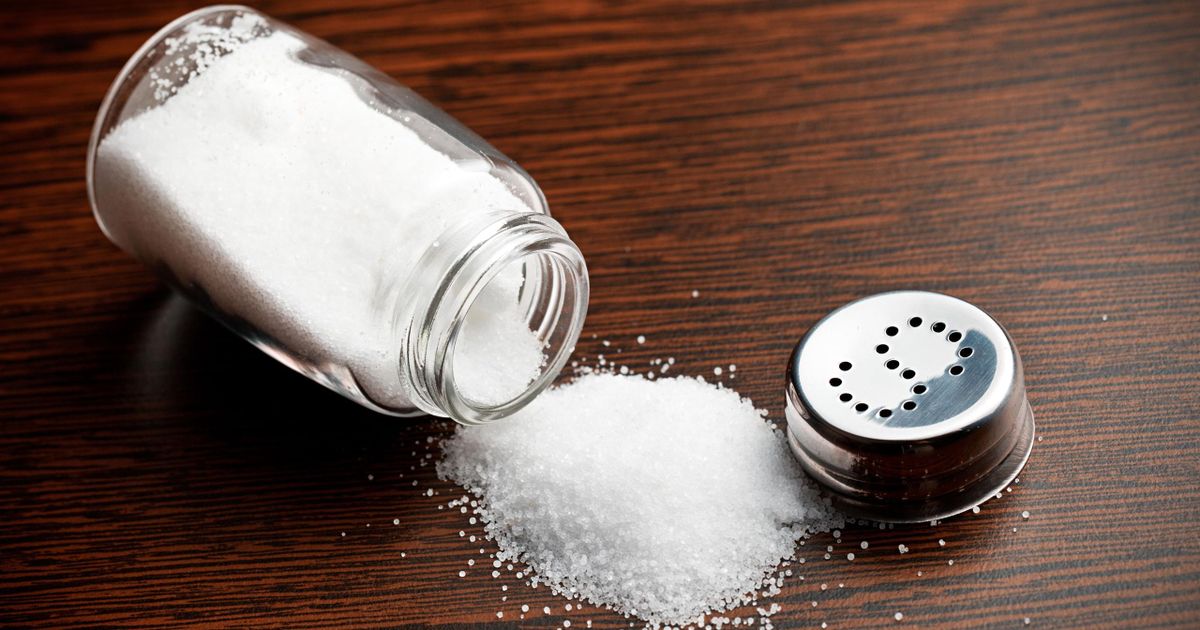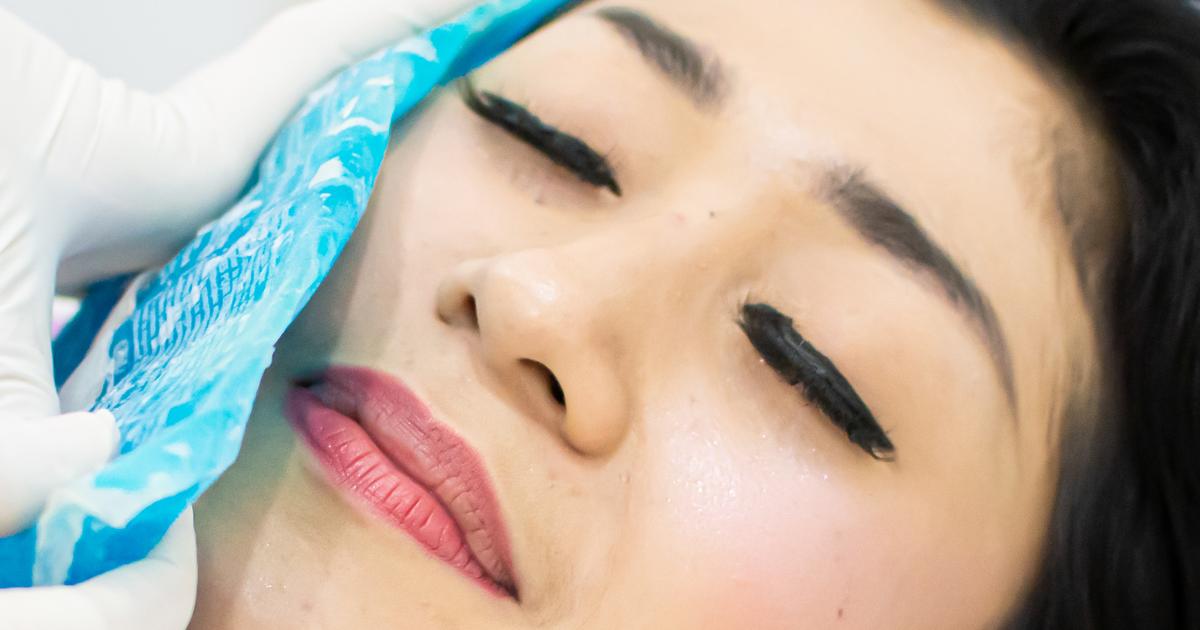Ways To Treat Dry Socket
Dry socket, also known as alveolar osteitis, typically occurs after an adult tooth has been removed. If the blood clots in the area where the tooth was removed and doesn't heal properly, it can create quite a few problems, especially if it's infected. It can also leave the bone and nerves exposed, which can result in other problems. Some of the symptoms of dry socket are noticing the socket is empty, seeing the bone within the socket, bad breath, and severe pain that might actually stem to other parts of the face like the temples, eyes, ears, and neck. Learn how dry socket can be treated now.
Flush Out The Socket

One method of treating dry socket is to flush out the socket. While this may be done while the patient is in the dentist office, they may still need to take some time once home and flush it out again. Water is an excellent method for rinsing the mouth. Individuals should do what they can to focus the water in that area and rinse thoroughly to remove any bacteria and build of blood from the socket. It may also be prudent to procure teeth-cleaning flushes that spray water into the mouth to help with flossing. Such a device could be easily used to help flush the area and clean it. Besides water, patients may also want to consider attempting to flush the dry socket with black tea. This is because black tea contains a natural antibacterial agent known as tannic acid. Cold tea can help keep swelling down, so it may be prudent to flush the dry socket out with cold black tea.
Keep reading for more dry socket treatment methods.
Take Pain Medication As Directed

Luckily, since removing teeth is usually quite the painful process, the patient's dentist or oral surgeon will likely already have a prescription for some pain medication ready for them to have filled out. Patients should take pain medication as directed to alleviate the pain they'll likely experience with dry socket. Some of these medications may also speed up how quickly the socket heals and reduce the amount of swelling occurs. However, patients should be sure they take the medication as directed, as taking too much might actually help bacteria grow in the socket, which can cause further problems like infection and increased pain. If the socket becomes infected, the rest of the gums may also be affected. Depending on what type of medication is prescribed, they may also be quite powerful, which can increase the risk of overdose or dependency. Taking too much and for too long may also result in patients building a tolerance to the medication, and thus no longer receive the pain relief needed in the future for other issues.
Get the details on more ways to treat dry socket now.
Apply A Medicated Dressing

Another method to reduce the chances of developing dry socket or to alleviate symptoms is to apply a medicated dressing. These may be given to patients by their dentist and the instructions of how to use them and how often will be supplied as well. Usually, it's quite an easy application. Patients should be sure they're gentle when applying as they don't want to disrupt the healing. They may also want to consider a dressing such as honey, since it also has anti-inflammatory and analgesic properties. One study even found applying honey to a dry socket saw quite a reduction in swelling, discomfort, and pain. Patients can do this by applying raw honey to sterilized gauze. They may even consider applying it to the medicated dressing provided by their dentist or oral surgeon. Then simply apply this mixture to the socket carefully. If the patient has been told to keep the dressing on constantly, they should replace it regularly.
Keep reading for the next method of treating dry socket.
Drink Clear Fluids

After a tooth has been extracted, patients should endeavor to drink only clear fluids. If they choose to drink water, it can help to rinse out the socket and keep it from becoming infected. It can also prevent blood clots from forming on the socket. Water is also gentle on the area and won't mess with any of the gauze or other dressings applied to the area. In addition, if patients choose to drink something like alcohol or pop, they may subject the socket to extraordinary pain. Both drinks contain elements in them that can interact poorly with the healing process. Since the nerves and bone are exposed, patients are letting those harsh chemicals and molecules touch those areas, which can cause extreme acute pain. Drinking these fluids may also increase the patient's chances of developing an infection.
Learn more about treating dry socket effectively now.
Rinse With Salt Water

One form of flushing out dry socket is to rinse with salt water. Dentists and oral surgeons recommend this practice as it can help eliminate bacteria within the mouth and keep the socket from becoming infected. Or, if it is already infected, can at least limit the infection from spreading to other gums. Patients should take about half a teaspoon of salt and dissolve it into eight ounces of warm water. Then, they should stir the mixture thoroughly to make sure the salt has dissolved entirely before rinsing their mouth with it by swishing the water around like mouthwash. Special attention should be placed on the socket to make sure it is thoroughly cleansed of any growing bacteria. Afterward, patients can spit the water out into the sink. The dentist or surgeon may also give patients a syringe to help rinse only the dry socket. This practice should be performed three times a day or at least after meals.
Uncover more details on the best ways to treat dry socket now.
Avoid Smoking

One important means of treating dry socket is to avoid smoking. This can also prevent dry socket from happening in the first place. It's best to avoid smoking entirely before the extraction, but if a patient can't manage this, limiting their smoking habit is still beneficial. Smoking should also be limited and avoided after the tooth extraction procedure. Patients can ask their dentist about how to manage their smoking habit, including if they have any advice on how to smoke cigarettes in a way that reduces the risk of developing dry socket. This might even be the best time for patients to stop smoking entirely, given that smoking has several different and serious health consequences. The best thing for an individual's oral health is to stop smoking, and their dentist will probably stick to that. If individuals already have dry socket, the chemicals in cigarettes can make the pain worse.
Discover additional options for treating dry socket now.
Avoid Carbonated Beverages And Straws

It's important to avoid carbonated beverages and straws following a tooth extraction. Sipping drinks with a straw is one of the biggest things that can cause dry socket. A blood clot forms over the hole where the tooth was extracted, which protects the nerves and the bone underneath from damage. Since straws cause serious suction and vacuuming in your mouth, sipping drinks with a straw can yank the blood clot out of the hole and lead to dry socket. This is true regardless of what kind of drink an individual is having. Even sipping water with a straw can be detrimental, as can sipping thick beverages like a milkshake. Patients don't want to create any suction inside their mouth. Continuing to drink with a straw after they've developed dry socket may make it take longer to heal. Carbonated beverages can also have a negative impact on dry socket, as they may increase feelings of discomfort against the nerve. Patients should avoid sodas, fizzy water, fizzy fruit juices, and other drinks that tend to bubble and froth.
Continue reading to learn more about how to treat dry socket now.
Brush Teeth Gently

Patients need to brush their teeth gently both after a tooth extraction and developing dry socket. Gentle brushing can help prevent dry socket. It's common for patients to develop dry socket if the bristles of their toothbrush move over the extraction site, causing the blood clot to become dislodged. Patients will typically know if this happens very quickly because of the pain that follows. If individuals already have dry socket, brushing too roughly will lead to excruciating pain because of the stimulation against their nerves. Patients can talk to their doctor about the safest practices to use when brushing their teeth. The doctor may recommend avoiding brushing on that site, or they may show patients how to brush their other teeth while avoiding damaging the site of the tooth extraction. For some individuals, electric toothbrushes might be more precise than manual ones, making it easier to avoid accidentally hitting the extraction site. For others, though, a manual toothbrush might have less power, which means it's less likely to dislodge the clot even if it does accidentally bump the extraction site.
Get more details on treating dry socket effectively now.
Cold Compress

A cold compress can be a helpful at-home remedy to help treat dry socket. This is often used alongside heat therapy techniques. After the tooth is first extracted, during the initial twenty-four-hour period of recovery, patients should use ice packs on their face for periods of fifteen minutes. The coolness of the ice causes blood vessels to constrict, which reduces the amount of fluid that builds up around the jaw or cheek. This helps prevent swelling or keep the swelling around the site manageable. Following the first day, experts recommend switching to warm washcloths to help with the pain. These have the opposite effect of the ice packs, helping the blood vessels to enlarge. This increases circulation and allows blood to bring more healing factors to the site of the extraction. If patients have dry socket, heat is most beneficial at soothing pain long term. However, ice packs and cold therapy can provide more complete numbness for the nerves when the pain is acute and excruciating.
Keep going to uncover additional treatment options for dry socket now.
Tea Tree Oil

Tea tree oil is a very popular natural remedy for many different conditions. Patients should always talk to their dentist before they begin a tea tree oil regimen to treat or prevent dry socket. The same is true with other oils and supplements that are promoted as having health benefits. Studies have shown tea tree oil has analgesic, antibacterial, and antiseptic properties. This means it can help numb the extraction area, keep bacteria from festering in an open dry socket, and also help kill other contagions and irritants in the area. Individuals can purchase tea tree oil supplements in their local supermarket or through an online store. It's important to use pure tea tree oil rather than a larger supplement that simply contains the oil. Patients should add it to a piece of sterile gauze and put it over their dry socket. They might benefit from mixing one drop with a bit of black tea or honey due to the extremely strong properties. Otherwise, their mouth might get irritated.